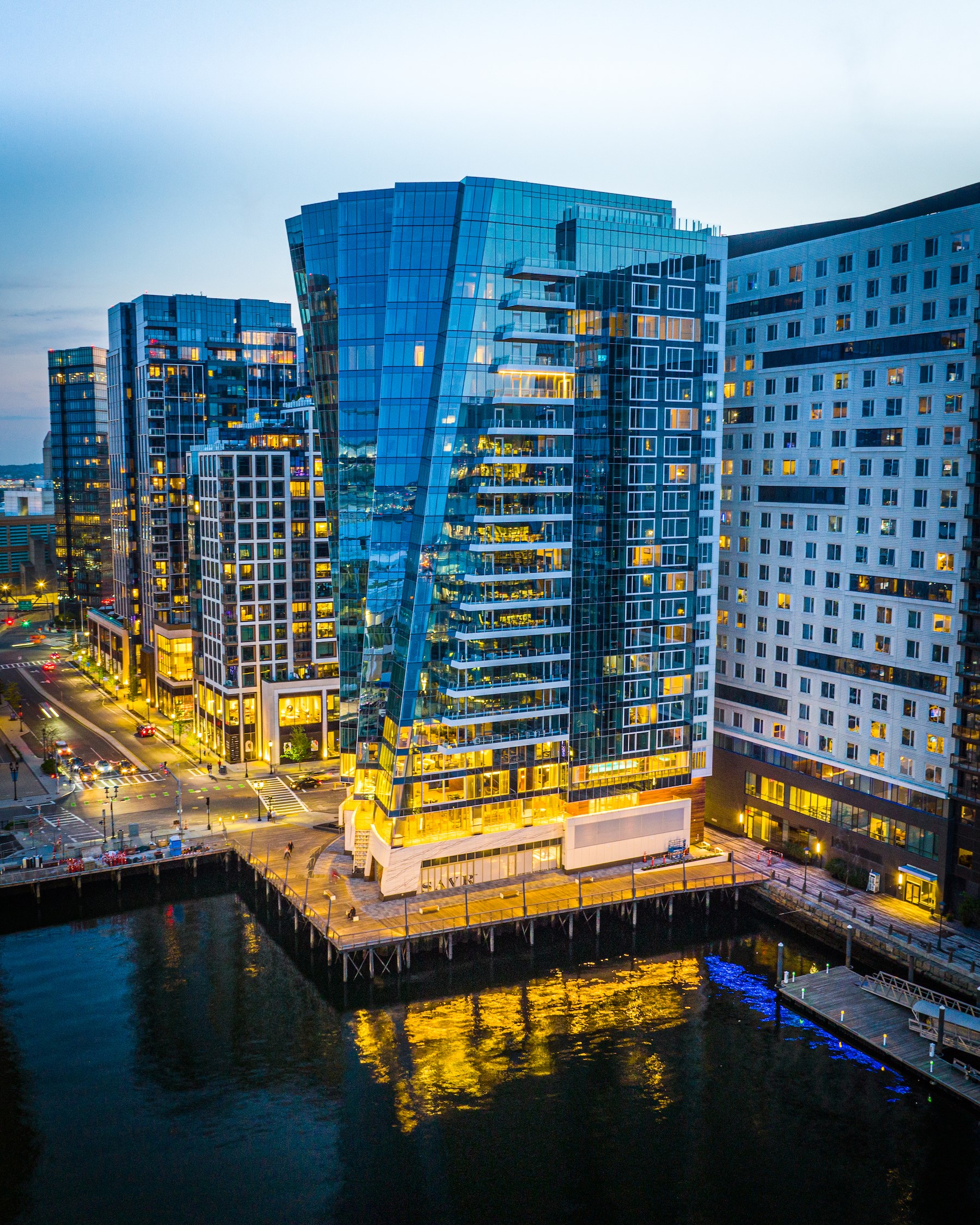I'd be curious what the vacancy/unsold percentage is. Super luxe is overbuilt and both Winthrop and St Regis are not at capacity, and Ritz SS is going to make the issue "worse". Long term inventory will be the biggest problem here from a developer's perspective. And if I were an investor/institutional fund I don't think an asset that has waning demand would be something I'd want in my portfolio.
There are certainly lots of pieds-a-terre both downtown and in Seaport (probably true in Back Bay and Beacon Hill too), and the mechanism to address this is loss of the residential exemption. Worst case is everyone gets over-leveraged, the developers have to refinance/take a bath and units are pushed out at fire sale prices or in an auction (see St Regis). Parcel H in Seaport will be another test, so we'll see how that shakes out.
Boston–The Collaborative Companies and Cronin Development are bringing a new opportunity to owners for Boston’s first-ever St. Regis branded luxury residences. The five-star St. Regis Residences, Boston at 150 Seaport Boulevard, that features 114 luxury […]

bostonrealestatetimes.com
Edited to add that there are at least a thousand rental units in Seaport as well, and demand gets reflected in pricing much more efficiently in rental units than sales. Since Boston's overall rental vacancy rate remains one of the lowest in the country at something like <2%, this is likely true in Seaport too. Renters add to neighborhood dynamics too.















